anybody use a penetrating finish on wood floors in kitchen?
plants4
14 years ago
Related Stories
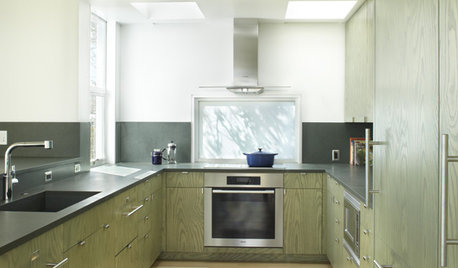
REMODELING GUIDESPro Finishing Secret: Aniline Dye for Wood
Deeper and richer than any stain, aniline dye gives wood stunningly deep color and a long-lasting finish
Full Story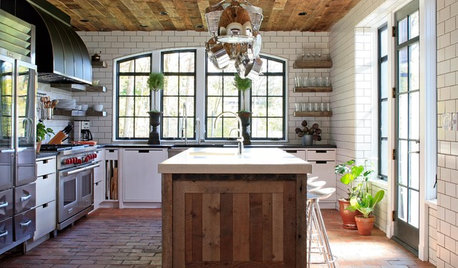
KITCHEN DESIGNWhat to Know About Using Reclaimed Wood in the Kitchen
One-of-a-kind lumber warms a room and adds age and interest
Full Story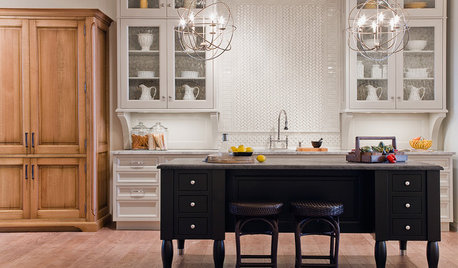
KITCHEN DESIGNYour Kitchen: Mix Wood and Painted Finishes
Create a Grounded, Authentic Design With Layers of Natural and Painted Wood
Full Story
REMODELING GUIDESDesigner Confessions: Torn Between Wood Floors
19 Photos to Help You Choose a Wood Floor Finish
Full Story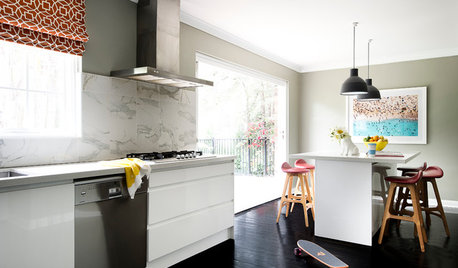
FLOORS11 Distinctive Finishes for Original Floorboards
Whether you go for glossy, painted or matte boards, make your wood floor the star
Full Story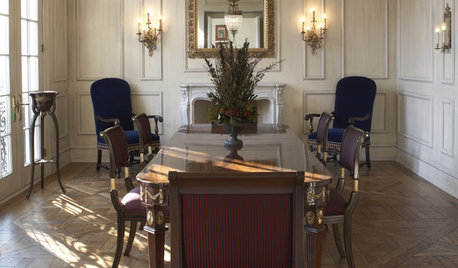
DECORATING GUIDESFinish Your Floors to Perfection With Parquet
Add value and gorgeous detail to your home with timeless and elegant parquet flooring in a classic design
Full Story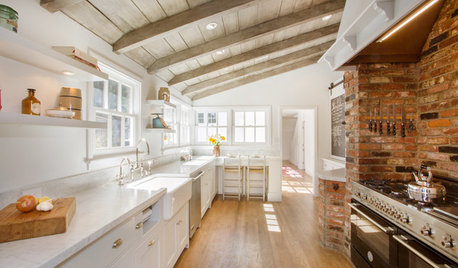
KITCHEN DESIGNKitchen of the Week: Brick, Wood and Clean White Lines
A family kitchen retains its original brick but adds an eat-in area and bright new cabinets
Full Story
REMODELING GUIDESYour Floor: An Introduction to Solid-Plank Wood Floors
Get the Pros and Cons of Oak, Ash, Pine, Maple and Solid Bamboo
Full Story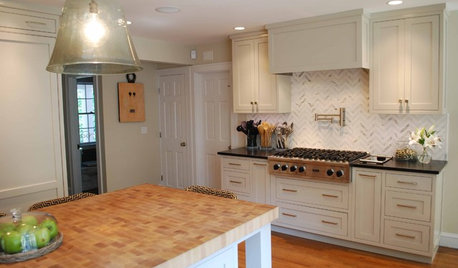
REMODELING GUIDESFinish Frenzy: End-Grain Wood
See More Ways Wood Can Go Beautifully Against the Grain
Full Story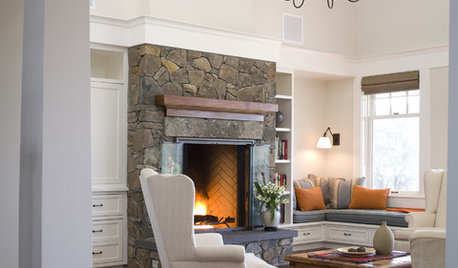
FURNITUREHow to Mix Wood Furniture Finishes
Furniture doesn't need to match to look good; add character and charm to your home with mismatched — but complementary — tones
Full StoryMore Discussions







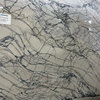
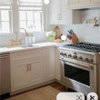
morgne
plants4Original Author
Related Professionals
Agoura Hills Kitchen & Bathroom Designers · Pike Creek Valley Kitchen & Bathroom Designers · Southbridge Kitchen & Bathroom Designers · St. Louis Kitchen & Bathroom Designers · White House Kitchen & Bathroom Designers · Bethel Park Kitchen & Bathroom Remodelers · Boca Raton Kitchen & Bathroom Remodelers · Chester Kitchen & Bathroom Remodelers · Fremont Kitchen & Bathroom Remodelers · Spokane Kitchen & Bathroom Remodelers · Phillipsburg Kitchen & Bathroom Remodelers · Daly City Cabinets & Cabinetry · Lakeside Cabinets & Cabinetry · Middletown Cabinets & Cabinetry · Liberty Township Cabinets & Cabinetry2ajsmama
eandhl
2ajsmama
morgne
ccoombs1
timber.j
plants4Original Author
plants4Original Author
timber.j
growlery
sbcichocki
mamadadapaige
growlery